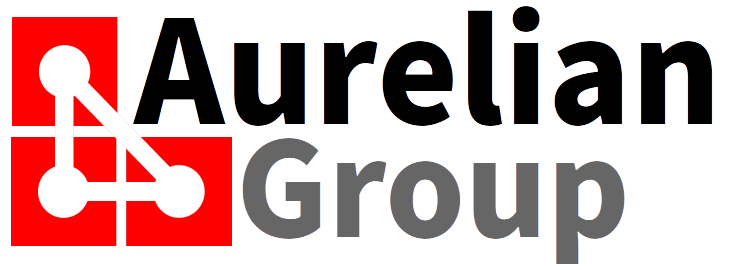From all business applications, Customer Relationship Management (CRM) is supposed to be the one that is "easiest" to implement. There are no financial transactions, no subledger integrations. Customisations? Most CRM systems offer you a "drag and drop" style customisation engine, to make CRM your own. Yet, a significant number of CRM implementations are deemed not to bring in the envisage results at best, or a catastrophic failure at worst. Why is that? And what can be done to maximise the return on your CRM effort? There are 5 simple rules to maximise your CRM results.
Rule 1: Keep it simple
Rule 2: Keep it consistent
Rule 3: Keep your team engaged
Rule 4: Keep it real
Rule 5: Get it everywhere
Rule 1: Keep it Simple

The Sales Process
The reason for a CRM is simple - increase year over year sales per resource. All other stated goals, such as 360 degree customer view, or increased customer satisfaction, etc., lead into this ultimate purpose. In order to get more sales per resource (sales people or other employees), there are two ways to achieve this - bigger deals, or more deals (or a combination of both). Many CRM systems are configured for complex sales cycles with automated steps, workflows and rules. Multiple sales processes are not necessarily bad, but too many different processes make it difficult not only for the sales representatives, but also for the sales managers to keep the forecast clean. To keep things simple, use the following main categories for sales processes:
- Transactional sale - high-volume, low touch sales process - buyer initiates sales process and closes it with a sale. Highly marketing driven
- Value add sale - low to mid-volume, higher margin, value-based sales process - buyer needs to be convinced of value and return on investment
- Consultative sale - long and complex sales cycle for high value goods or services - strong buyer participation and leadership in the sales process, sales person effort to identify stakeholder roles, manage value proposition, and exert influence on the buying process to align it to the sales process
- Renewal or repeat sale - renewal of current service, or repeat buy to replenish consumed goods - relationship and satisfaction are the biggest drivers, followed by value then price
- Complex external dependency sale - sales dependent on approval, permits, or funding from external parties (governments, or NGO's)
When designing your sales process, keep in mind that the more steps and workflows you put in will require effort to execute and maintain. Keep LESS in mind when building the sales process: Least Effort to Successful Sale. If you want to achieve higher pipeline velocity (shorter time from lead to order), you want to ensure that the sales staff is not hindered by extra steps in the process they need to complete. As Einstein said, everything should be made as simple as possible, but not simpler. In other words, your sales steps are the minimum steps required to close the deal - additional steps, if they truly add value in the process, will be added by your star sales person as it is in their best interest.
The double-edged sword of automation
Automation of tasks is a great accelerator towards outcome with minimal manual action. It is great to have an automated process that assists the sales person through the steps of the deal. But it is a double-edged sword: too much automation and the sales persons are drowned in tasks. The effect is disastrous for your sales process - in order to complete the sale, the time is focused to actual customer interactions (and it very well should be!), and the administrative tasks of closing out the activities in the CRM system is taken as a distant second. This has a significant negative effect on your ability to forecast: imagine a deal in the system in the first stage, let's say 20%. Because your sales person gets so many activities cluttering the inbox and todo list, it gets ignored. Yet all the customer interactions are completed, and before you know it, a deal goes from 20% to won (100%). That did not make the forecast, with all the consequences that that can bring (capacity/inventory shortage, financial inconsistency, etc). When LESS is applied consistently, LESS is definitely more!
In conclusion - keep it simple
If you are designing or redesigning your sales process, follow the LESS principle. Also, invest in the tool that makes it easy to follow the process, and adjust it where needed. Have a look at Zoho CRM via the link below. Your sales people, and your top line will thank you.
